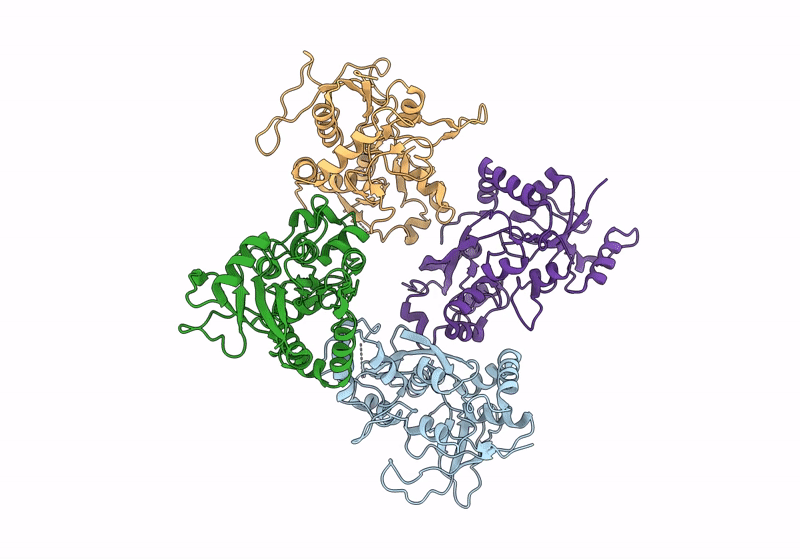
Deposition Date
2023-11-01
Release Date
2024-04-17
Last Version Date
2024-10-16
Entry Detail
PDB ID:
8UUE
Keywords:
Title:
Glycine-bound GluN1a-3A LBD heterotetramer (local refinement)
Biological Source:
Source Organism:
Homo sapiens (Taxon ID: 9606)
Host Organism:
Method Details:
Experimental Method:
Resolution:
3.96 Å
Aggregation State:
PARTICLE
Reconstruction Method:
SINGLE PARTICLE


